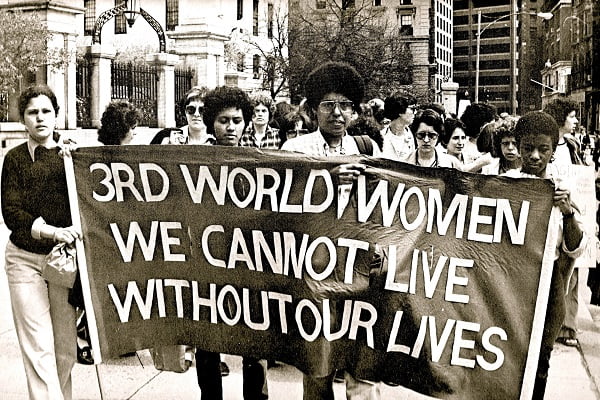What is critical race theory?
Share:

Recently, critical race theory has started to crop up in headlines from California to Canberra. Of course, in the last year, race has become a much more prominent topic of conversation in the Western world. So, what is critical race theory – sometimes known as CRT – and why has it been gaining so much attention in the last couple of weeks?
Where does CRT come from?

Though it was only developed as a framework to understand racial injustice in the 1970s, critical race theory takes inspiration from thinkers from the 19th century onwards.
First emerging at Harvard University as a way to analyse the legal system, the theory noted that even after the gains of the American Civil Rights movement of the 1960s, racial inequality remained pervasive. Key contributors to the theory include Kimberle Crenshaw, Patricia Williams, and Richard Delgado, who co-authored Critical Race Theory: An Introduction.
What does CRT actually say?

The theory poses a number of central arguments about the role of race in Western society.
The first of these is that racism is systemic. This simply means that racism in society is not a question of people deliberately engaging in reprehensible individual acts of racist discrimination, but it is instead built into the institutions that help society function, particularly the design of laws and certain political policies.
Recommended Reading: Football didn’t come home, but racism did

Moreover, the legacies of racist systems and institutions, such as slavery and segregation, have led to continuing disadvantage for Black people and other racial minorities.
A crucial argument in critical race theory is that race is socially constructed. In other words, racial categories are artificial and do not correspond to a particular genetic or biological trait.
For example, we tend to associate certain skin colours with particular racial groups. However, there is no single skin colour that we assign to a particular group – a Black American could have the same skin tone as a Middle Eastern person, but one wouldn’t say that they have the same racial identity. This doesn’t mean that race is not a reality that we live within the modern world, but that as a category, it has no basis in scientific facts.

Other important principles of critical race theory include “interest convergence”, intersectionality, and that different racial groups have different experiences of racialisation, shaped by changes in society.
Recommended Reading: We are guilty too
Interest convergence refers to the lack of incentive that there is to dismantle racist systems, because these systems create an advantage (which may not always be visible) to white people, even if they wouldn’t be considered part of more privileged groups otherwise.
Intersectionality – a term coined by Kimberle Crenshaw in 1993 – means that a person’s different identities, such as gender and class, can interact with race and create different experiences of alienation.
How did critical race theory become so prominent?

After the murder of George Floyd by the Minneapolis police in 2020, the United States and other Western nations were forced to face the role that race plays in society and what forms racism takes in the 21st century. This international reckoning sparked an interest in anti-racist activism, with books such as How to be an Anti-Racist and Why I’m No Longer Talking to White People About Race becoming bestsellers.
Recommended Reading: Derek Chauvin’s murder trial, explained
In this climate, one of the aspects of society to be re-examined is education, both in how history is taught in schools and whether schools should teach anti-racism to their students.
On both sides of the pond, there were petitions to modify the school curriculum. These initiatives sparked the backlash that critical race theory is now facing from the US and Australian governments in particular.

The Trump administration accused proponents of the theory of demonising all white people and painted it as propaganda to make all white people feel guilty. Six states have now passed regulations to restrict how American history is taught, aiming to keep critical race theory out of the classroom.
In Australia, the Senate has voted to exclude critical race theory from the curriculum.
Much of this backlash misrepresents – sometimes deliberately – the origins and arguments of critical race theory. While the UK has not seen such efforts against critical race theory so far, they may yet emerge.
